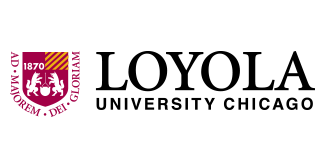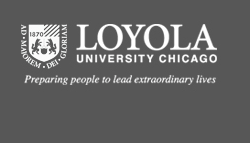Document Type
Conference Proceeding
Publication Date
12-27-2024
Publication Title
2024 IEEE International Workshop on Information Forensics and Security (WIFS)
Pages
1-9
Publisher Name
IEEE
Abstract
Recent advancements in artificial intelligence have enabled generative models to produce synthetic scientific images that are indistinguishable from pristine ones, posing a challenge even for expert scientists habituated to working with such content. When exploited by organizations known as paper mills, which systematically generate fraudulent articles, these technologies can significantly contribute to the spread of misinformation about ungrounded science, potentially undermining trust in scientific research. While previous studies have explored black-box solutions, such as Convolutional Neural Networks, for identifying synthetic content, only some have addressed the challenge of generalizing across different models and providing insight into the artifacts in synthetic images that inform the detection process. This study aims to identify explainable artifacts generated by state-of-the-art generative models (e.g., Generative Adversarial Networks and Diffusion Models) and leverage them for open-set identification and source attribution (i.e., pointing to the model that created the image).
Recommended Citation
Cardenuto, João Phillipe; Mandelli, Sara; Moreira, Daniel; Bestagini, Paolo; Delp, Edward J.; and Rocha, Anderson. Explainable Artifacts for Synthetic Western Blot Source Attribution. 2024 IEEE International Workshop on Information Forensics and Security (WIFS), , : 1-9, 2024. Retrieved from Loyola eCommons, Computer Science: Faculty Publications and Other Works, http://dx.doi.org/10.1109/WIFS61860.2024.10810680
Creative Commons License

This work is licensed under a Creative Commons Attribution-NonCommercial-No Derivative Works 4.0 International License.
Copyright Statement
© IEEE, 2024.
Author Manuscript
This is a pre-publication author manuscript of the final, published article.



Comments
Author Posting © 2024 IEEE. Personal use of this material is permitted. Permission from IEEE must be obtained for all other uses, in any current or future media, including reprinting/republishing this material for advertising or promotional purposes, creating new collective works, for resale or redistribution to servers or lists, or reuse of any copyrighted component of this work in other works. The definitive version of this work was published at https://doi.org/10.1109/WIFS61860.2024.10810680.